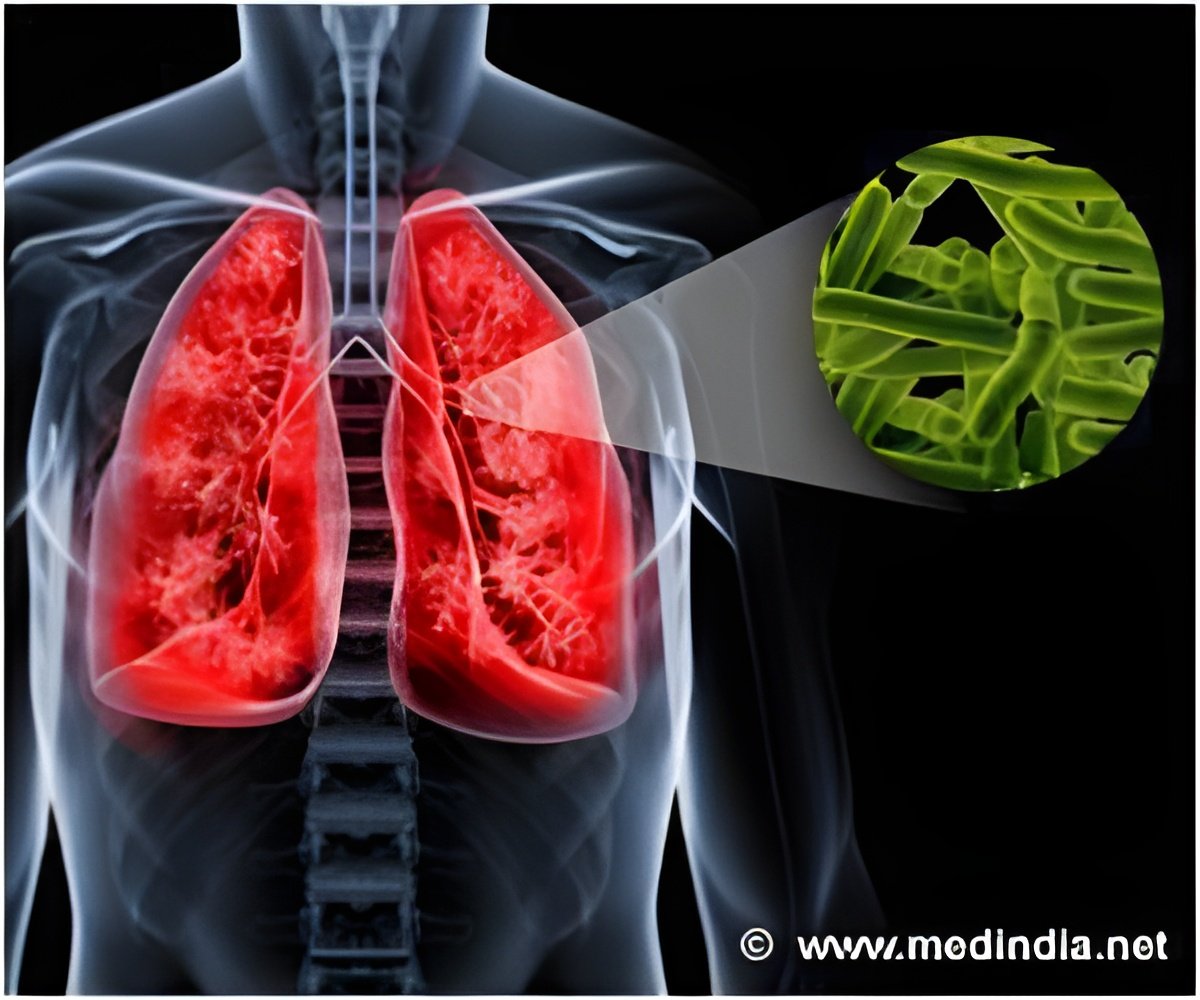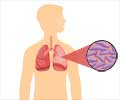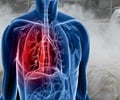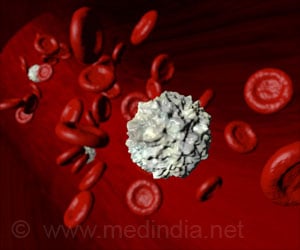PET/CT scan can show whether or not a treatment drug is able to clear tuberculosis (TB) lung infection in human and macaque studies.

Researchers faced a challenge to find more effective treatments that work in a shorter time period, but the standard preclinical models for testing new drugs has occasionally led to contradictory results when evaluated in human trials. The current study indicates the macaque animal model can correctly predict which experimental agents have the best chance for success in human trials and that could help get new treatments to patients faster.
Senior investigator Dr. JoAnne L. Flynn, Ph.D., professor of microbiology and molecular genetics, Pitt School of Medicine and her NIH collaborators, led by Clifton E. Barry III, PH.D., performed PET scans in TB-infected humans and macaques had very similar disease profiles. In a PET scan, a tiny amount of a radioactive probe is injected into the blood which gets picked up by metabolically active cells, leaving a ‘hot spot’ on the image. Both, humans and macaques had hot spots of TB in the lungs and most cases improved after drug treatment with linezolid. These scans also indicated post-treatment improvement. Researchers plan to use the PET scanning strategy to determine why some lesions do not respond to certain drugs.
The findings are published online Science Translational Medicine.
Source-Medindia
 MEDINDIA
MEDINDIA




 Email
Email









